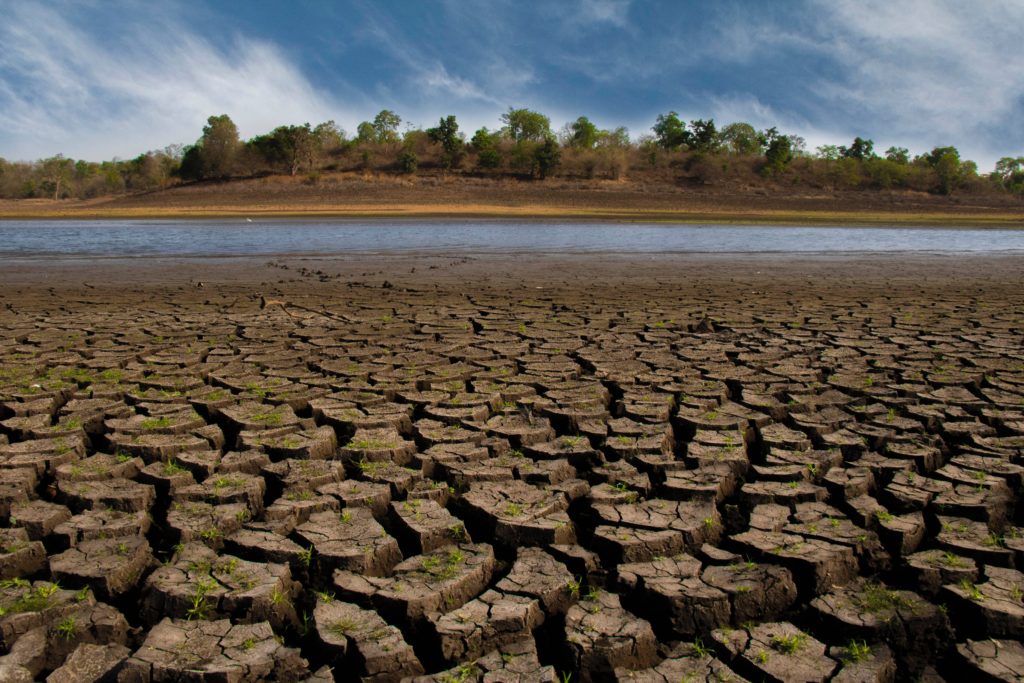
FRANKFORT, Ky. — Scientists and policymakers from across the nation, including those from the Kentucky Division of Water, will gather at Western Kentucky University’s Knicely Conference Center in Bowling Green Sept. 17-19, 2019 to address topics and issues associated with drought.
The biennial U.S. Drought Monitor (USDM) forum will address administrative issues, incorporate the latest scientific advances in drought monitoring, and solicit recommendations from users on how the USDM can improve its drought-monitoring functions.
NOAA’s National Weather Service’s Climate Prediction Center (CPC) & National Environmental Satellite, Data, and Information Service’s National Centers for Environmental Information (NCEI) are partnering with the Kentucky Climate Center in WKU’s Department of Geography and Geology and the Kentucky Division of Water to host the forum.
“Drought is a recurrent feature of our climate here in Kentucky,” said state climatologist Dr. Stuart Foster, who serves as director of the Kentucky Climate Center. “While most people living in Kentucky have never been directly impacted by a tornado or flood, drought has impacted people and communities all across the state.”
Kentucky’s most extreme drought occurred in 1930, but severe droughts have impacted Kentucky in recent decades, including the droughts of 1999-2000, 2007 and 2012.
Chip Zimmer, environmental scientist with the Kentucky Division of Water, noted that while droughts typically are looked at as slowly developing, long-term events, the Ohio Valley is more prone to short, intense droughts that can develop and/or end very quickly. “I think this event will provide an opportunity for USDM authors and contributors to focus on these types of droughts and improve their depiction on the USDM,” he said.
David Miskus, meteorologist, USDM author, and drought point of contact for the Climate Prediction Center, NOAA, said having the USDM Forum in Kentucky is an excellent opportunity for the USDM authors and contributors to understand the unique moisture and drought conditions specific to the Tennessee and Ohio Valleys.
“Past forums have taken place in the west, plains, mid-Atlantic and southeast, and from these meetings we have discovered useful information that was specific to these regions that were eventually incorporated into the production of the USDM,” Miskus said.
Dr. Fred Siewers, chair of WKU’s Department of Geography and Geology, said the university is pleased to host the event.
“The U.S. Drought Monitor Forum will provide an excellent learning and professional development opportunity for our students,” Siewers said.
The USDM has been the official drought monitor for the United States since 1999. It replaced the Palmer Drought Index, which, along with other drought indices, feed into the production of the USDM every week.




















Add Comment